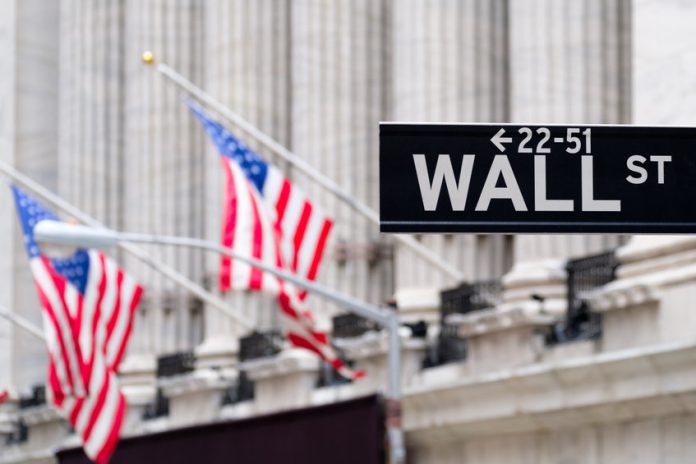Key Takeaways
• The US unemployment rate unexpectedly rose to 3.8% last month, from 3.5% previously
• The cooling economic data has led to the market’s belief that interest rate hikes could soon cease
• Implications for a pivot in policy are key for the crypto markets
Since the financial crisis of 2008, Bitcoin has seen a difficult time. In 2022, when liquidity conditions became tight, Bitcoin dropped from $68,000 to as low as $15,500 before bouncing back in 2023. This makes sense as Bitcoin is so far out on the risk spectrum.
Central banks took the matter to the next level by printing money and easing global liquidity. This caused Bitcoin to spike during the COVID-19 pandemic. But when inflation started to increase, central banks were forced to reverse course and embark on one of the most rapid tightening cycles in recent memory, resulting in the US Federal funds rate rising steeply.
However, the most recent Labor Department report indicates that the economy could finally be losing some momentum. Unemployment has risen to 3.8% from 3.5% previously, and average hourly earnings rose 4.3%. The market’s reaction has been positive, with projections around the future path of interest rates becoming more dovish.
Inflation has already dropped significantly in the last twelve months, so the macro conditions are much better than last year. This could mean that the Fed may be able to take its foot off the gas and the end of the tightening cycle may be approaching.
For Bitcoin, which trades like a high-risk asset, this paints optimism. Investors must decide to what extent a pivot off tight conditions has been priced in. The latest report is a warning that despite the optimistic news, Bitcoin barely moved when the numbers hit the market. It is key for Bitcoin traders to figure out this dilemma.

